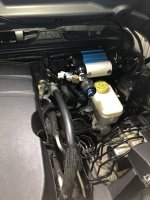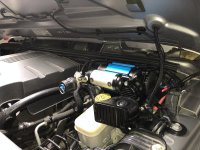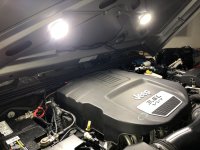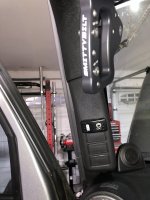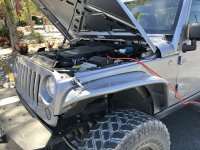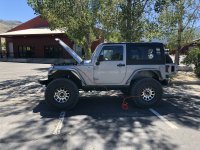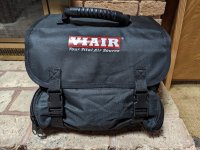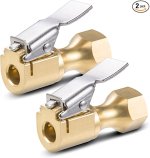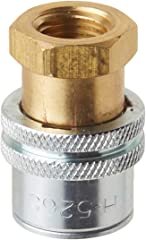If I had to choose only one I would get the Viar 450P kit
I've tried a few different ones, here's my experiences
$70 slime unit - Failed first time I tried to air a trailer tire from 25 PSI to 60 PSI. Melted the hose right off of the compressor & left me stranded.
Viar 450P -
Pros - Portable Great compressor 100% duty cycle (under 100 PSI) and faster than a ARB singe, can be packed in any vehicle, airs up my 265/17R16's from 20PSI to 75 PSI in about 8 minutes each.
Cons - PIA to dig it out of a fully loaded Jeep to air up after a big trip, always a chance it is not with you when you need it
Mounted ARB Single -
Pros - Good compressor, can be mounted in an out of the way location, airs up 37/13.5R17's from 8PSI to about 28PSI in about 3 minutes per tire, always with you when its needed
Cons - Cant be taken in another vehicle, if you sell the vehicle it need to be uninstalled or replaced with the new vehicle, only has 50% duty cycle, mine has shut off (overheated maybe) a few times while airing up my final tire, at least it got me to 25 PSI which is drivable.
Power Tank - It was given to me because it was out of date & needed to be certified. Previous owner was sick of having to get it filled
Pros - can run air tools and has enough volume & pressure to seat tire beads, super fast air up times especially with the monster valves.
Cons - Super expensive, mounting brackets and accessories are expensive too, runs out & needs to be filled $20-30 each fill, super heavy when full and still heavy when empty, super bulky, rural areas don't usually have any place to refill, I have to take it to Reno 1.5 hours away for a refill. Tank needs to be recertified every 5 years, it took two weeks and $40 to get this done (at least they refilled it for that price.)

